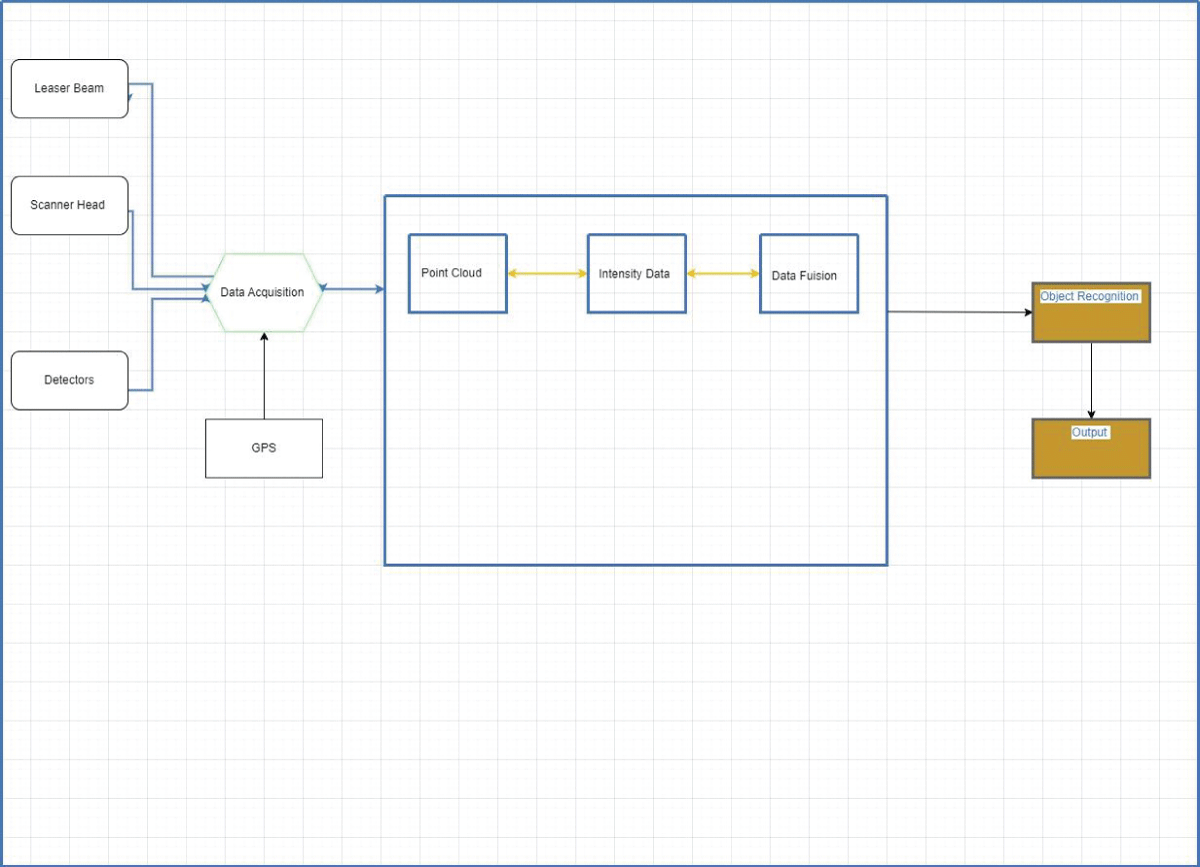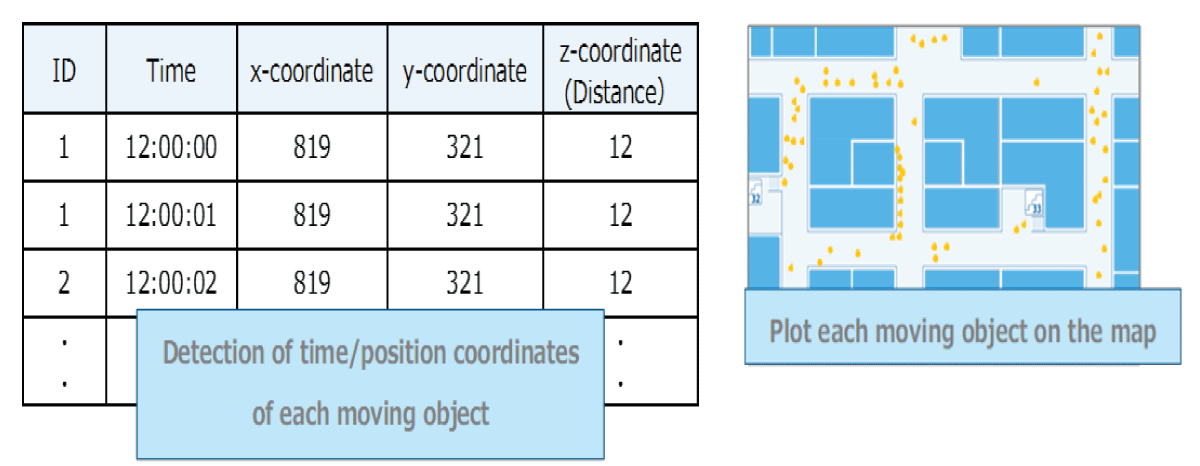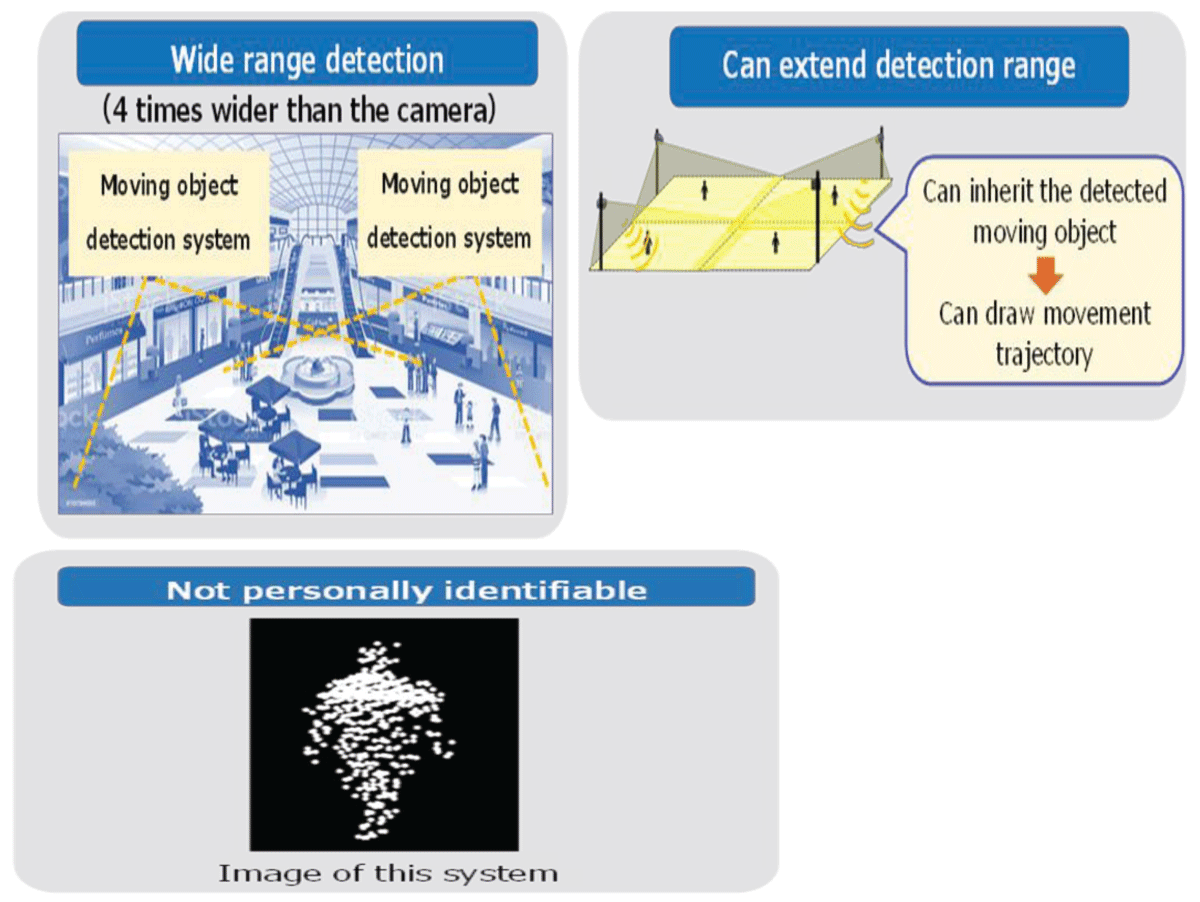3D LiDAR-Based Moving Object Detection System
Introduction
In a world where dynamic environments require sophisticated monitoring and analysis, 3D LiDAR (Light Detection and Ranging) technology is revolutionizing object detection systems. From autonomous vehicles to advanced surveillance, the integration of LiDAR technology is enabling unparalleled precision and adaptability. This blog post explores the groundbreaking “System for Detecting Moving Objects Using 3D LiDAR Technology,” presenting its features, methodology, and applications.
Key Features of 3D LiDAR Technology
Distance Sensing: The system precisely measures distances to objects within its field of view, making it indispensable for high-accuracy applications.
Real-Time Mapping: By creating detailed three-dimensional maps of the environment in real-time, the system enhances navigation and situational awareness.
Object Tracking: It records object movements over time, offering critical insights for analyzing dynamic behavior.
Environmental Versatility: Effective in various conditions, including low visibility, the system maintains robust performance.
How the System Works
The foundation of the system lies in its ability to generate high-resolution 3D point clouds through laser-based scanning. Here’s how it operates:
Data Acquisition: The LiDAR sensor emits laser beams, capturing reflections from objects to calculate precise distances. A rotating mirror ensures 360-degree environmental scanning.
Point Cloud Generation: Raw data is processed into a collection of 3D points, each representing a detected surface or object.
Data Fusion: LiDAR data integrates with other sensors, such as cameras or radar, for enhanced accuracy and object recognition.
Object Detection: Advanced algorithms, including YOLOv5, analyze the point cloud to identify and classify objects in real-time.
Applications of 3D LiDAR Systems
Autonomous Vehicles: LiDAR ensures safe navigation by identifying obstacles, other vehicles, and pedestrians.
Surveillance: Real-time tracking of moving objects enhances security and traffic management.
Robotics: Robots equipped with LiDAR technology achieve higher spatial awareness and operational precision.
Environmental Monitoring: LiDAR aids in mapping and tracking changes in natural landscapes.
Advantages Over Traditional Systems
Compared to conventional 2D imaging systems, the 3D LiDAR-based system offers:
Extended Detection Range: Approximately four times wider than standard cameras.
Enhanced Precision: Accurate position detection along the X, Y, and Z axes.
Privacy Protection: Unlike image-based systems, LiDAR ensures anonymity by not capturing identifiable personal data.
Adaptability: Operates effectively in diverse lighting conditions, including complete darkness.
Conclusion
The “System for Detecting Moving Objects Using 3D LiDAR Technology” represents a monumental leap forward in object detection capabilities. Its integration of high-resolution spatial mapping, real-time analysis, and multi-sensor fusion sets a new standard for precision and reliability. As industries continue to demand advanced solutions, 3D LiDAR stands out as a transformative technology for addressing the complexities of modern environments.
Tags: 3D LiDAR, object detection, autonomous vehicles, robotics, surveillance, environmental monitoring, point cloud, multi-sensor fusion

Basic Structure of 3D LiDAR System

Detection of time in coordinates of each moving object.

Detection Range and Output.
